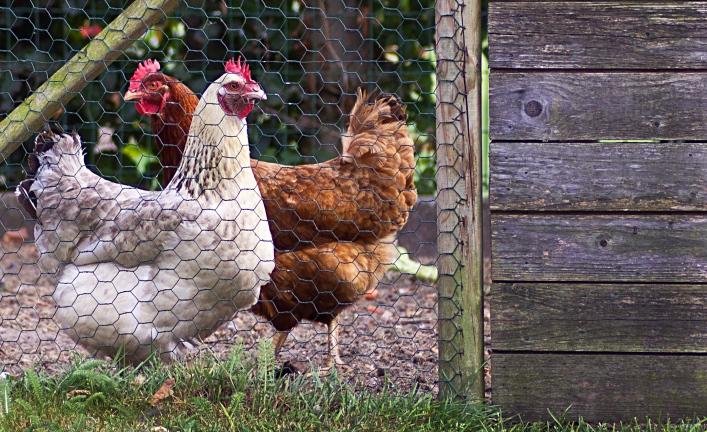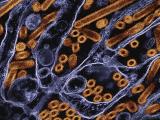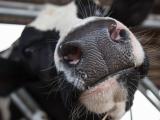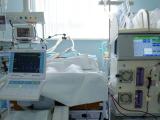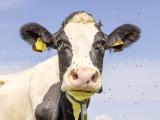China reported three more H7N9 influenza illnesses today, including cases in two young girls from the same Zhejiang province city who are hospitalized in serious condition.
Though H7N9 cases have leveled off after a second wave of disease activity that started last October, provinces continue to report a small but steady number of infections.
The two patients from Zhejiang province are both from the city of Dongyang, according to a provincial health department statement translated and posted by FluTrackers, an infectious disease news message board. Their serious infections are unusual, because most H7N9 illnesses detected in children have been mild.
Also, FluTrackers noted that another H7N9 infection in a child from the same city, a 2-year-old girl, was confirmed on Feb 25, which might suggest the possibility of a case cluster. An earlier statement from Zhejiang's health ministry said that girl is hospitalized with a mild infection.
The third new case involves a 32-year-old man from Hunan province who is hospitalized, according to a health department statement posted by FluTrackers.
China's three new cases push the overall outbreak total to 379, with the unofficial number of deaths holding at 114. The latest illnesses lift the number of H7N9 cases confirmed in the second wave to 243, compared with 136 that were detected during the first wave last spring.
In other developments, the World Health Organization (WHO) yesterday posted fresh details on one new H7N9 infection that it received in a report from China on Feb 25.
The patient is a 71-year-old man from Foshan City in Guangdong province who got sick on Feb 16 and is hospitalized in critical condition. The report did not specify any contact with poultry or their environments.
H7N9 found in two Hunan markets
Meanwhile, China's agriculture ministry today reported the latest results from H7N9 testing at live-poultry markets, in which two samples from chickens were positive in two different Hunan province cities.
The agency described the testing and results in a report to the World Organization for Animal Health (OIE). No signs of clinical disease were seen in birds at either of the markets.
Officials obtained 45 chicken samples from a live market in the city of Loudi, located in central Hunan province. One was positive, and 22 susceptible birds were culled.
The other testing site was a live market in Changsha, Hunan's capital. Veterinary workers collected 40 samples, including 13 from chickens, 12 from ducks, and 15 from the environment. One of the chicken samples was positive for the H7N9 virus, and 160 susceptible birds were destroyed.
See also:
Feb 28 FluTrackers thread
FluTrackers human H7N9 case count
Feb 27 WHO statement
Feb 28 OIE report
